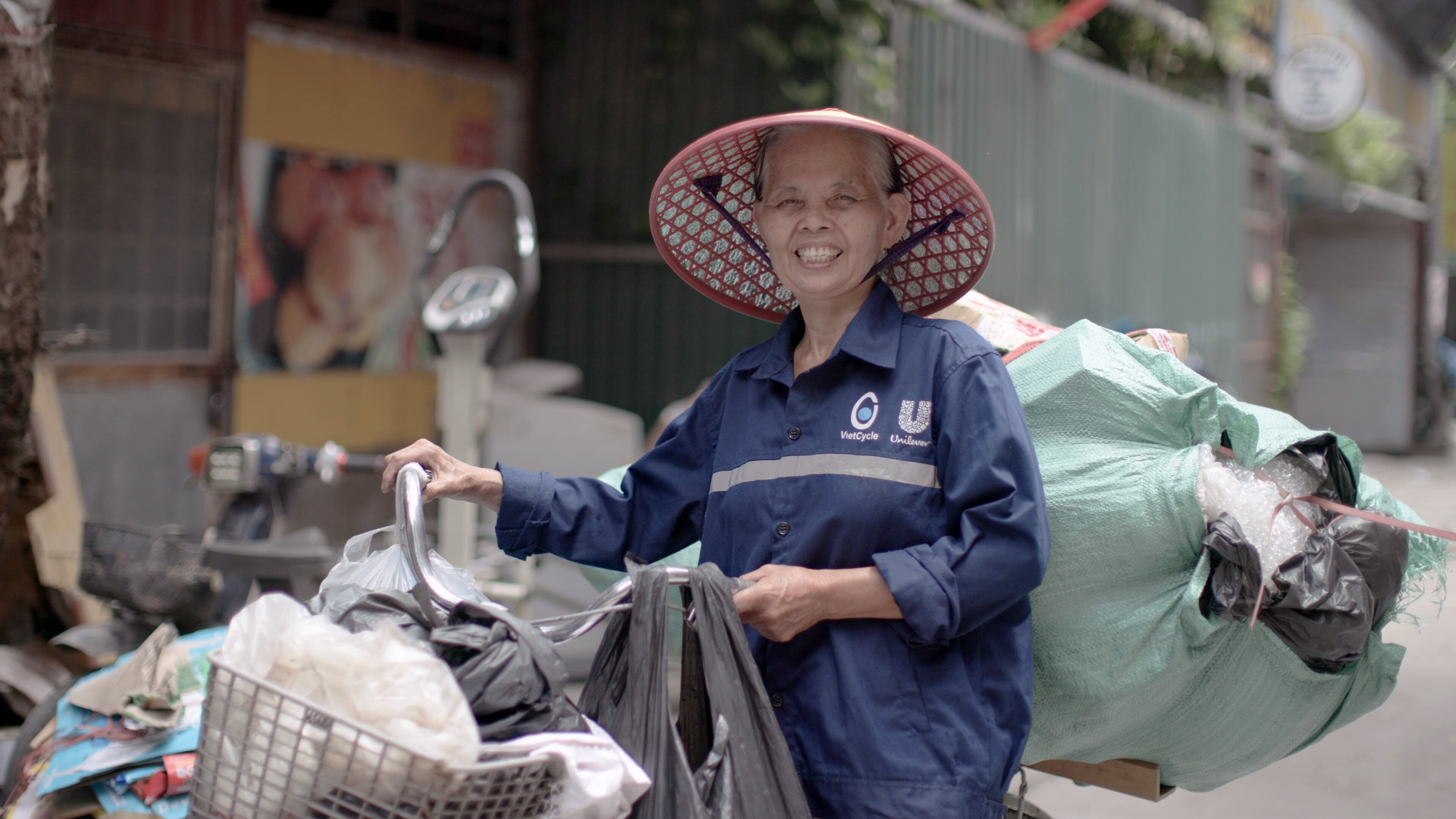Why is carpet so difficult to recycle?

Just 2% of the UK's discarded carpet is recycled each year - but one company wants to change that.
Image: Unsplash/Sigmund
Stay up to date:
Circular Economy
Listen to the article
- Materials including nylon, polypropylene and calcium carbonate can be extracted from old carpet and reused in other industries.
- Much of the World Economic Forum’s work looks at making a linear economic system more sustainable using a circular economy model.
- The Forum estimates that people consume 75% more resources each year than Earth can naturally regenerate.
Do you ever think about what happens to your old carpets?
Well it might be time to start, because what’s under your feet is actually one of the least recycled materials around. It’s the focus for a new factory in the UK, which aims to reduce the amount of carpet that ends up in landfills and incinerators.
Innovate Recycle plans to take waste carpet and reuse its components at a facility in Northampton, England. It estimates just 2% of the 500,000 tonnes of end-of-life carpet produced in the UK each year is recycled.
Since the vast majority – around 75% of carpets – are made of materials like nylon and polypropylene and aren’t typically biodegradable, your old flooring is likely to spend a very long time in landfill after it has been ripped out, or head to the equally environmentally unfriendly incinerator.
And it’s not just in the UK – the US carpet industry produces nearly 12 billion square feet of carpet annually, with only 5% recycled, according to Aquafil Group. And in the wider fabric and textile industry, globally, 92 million tonnes of textile waste is produced each year.
A circular economy
These waste mountains are set against a wider backdrop where more than 90% of materials we use are either wasted, lost or remain unavailable for reuse for years, according to the Circularity Gap report, giving rise to a pressing need for a more circular economy that reduces and eliminates waste.
What is the World Economic Forum doing about the circular economy?
The World Economic Forum’s Consumers Beyond Waste initiative works to develop responsible consumption models. One area of its focus is on finding ways of scaling reuse models to help eliminate plastic waste.
Much of the Forum’s work looks at making our linear economic system more sustainable. It estimates we consume 75% more resources each year than Earth can naturally regenerate, which is unsustainable.
As part of the solution, the Forum focuses on The Circulars Accelerator – which aims to connect disruptive start-ups with cross-industry leaders and circular experts to change the way industries do business.
This year’s winners include Re-Fresh Global, a German company that tackles textile waste. It converts low-value textile waste into high-value raw materials that can be used in the construction and automotive industry, by textile and fashion producers, the medical and cosmetics industry, and packaging producers.
Innovate Recycling will recycle post-consumer and industrial carpet at volume, focusing on polypropylene-based carpets and the retrieval of polypropylene and calcium carbonate.
It sees uses for what it creates in the automotive sector, in injection moulding and 3D printing. Car manufacturers like Volvo and Peugeot Citroen are planning to use a minimum of 25% recycled plastic, particularly polypropylene, into their new vehicle models starting from 2025, Innovate Recycling says.
In the US, Aquafil has been repurposing and recycling carpets since 2011. It sees improvements in recycling rates, but also more scope for improvement.
“Recycling carpets can help change our world for the better, but we must each do our part to make change happen,” Rachel Palopoli, Executive Vice President for Aquafil Carpet Recycling wrote on her company’s website.
“This means asking for legislation to incentivize carpet recycling, finding facilities to recycle your carpet when it’s time to replace it and seeking out designers and manufacturers who use sustainable, eco-friendly ingredients.”
Accept our marketing cookies to access this content.
These cookies are currently disabled in your browser.
Don't miss any update on this topic
Create a free account and access your personalized content collection with our latest publications and analyses.
License and Republishing
World Economic Forum articles may be republished in accordance with the Creative Commons Attribution-NonCommercial-NoDerivatives 4.0 International Public License, and in accordance with our Terms of Use.
The views expressed in this article are those of the author alone and not the World Economic Forum.
Related topics:
Forum Stories newsletter
Bringing you weekly curated insights and analysis on the global issues that matter.
More on Circular EconomySee all
Eneida Licaj and Genevieve Sherman
September 10, 2025
Andrew Hebbeler, Mayra Ameneiros and Valeria D’Amico
September 8, 2025
Thomas Philipon
August 26, 2025
Tom Crowfoot
August 20, 2025
Kaiser Kuo and Kateryna Gordiychuk
August 15, 2025







